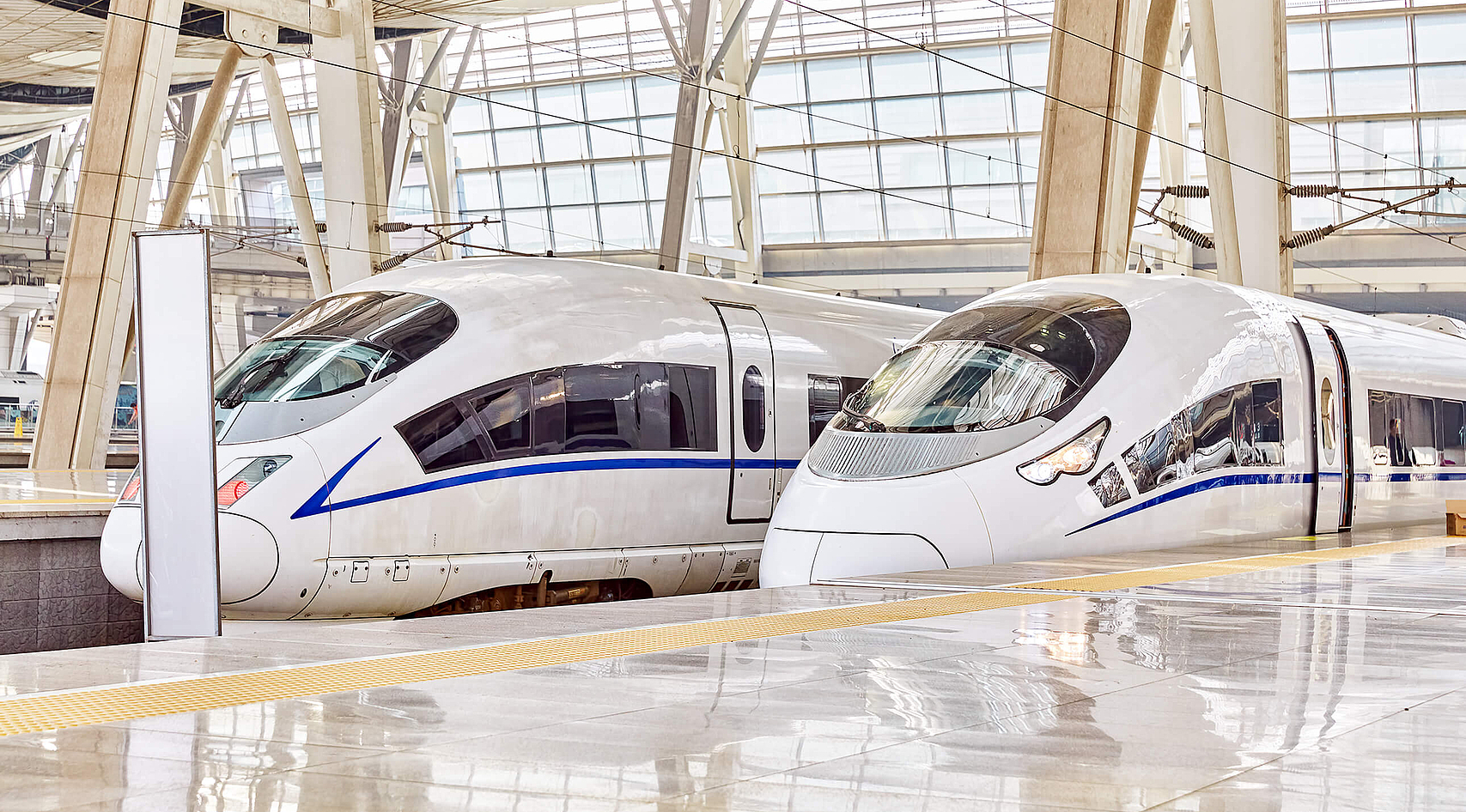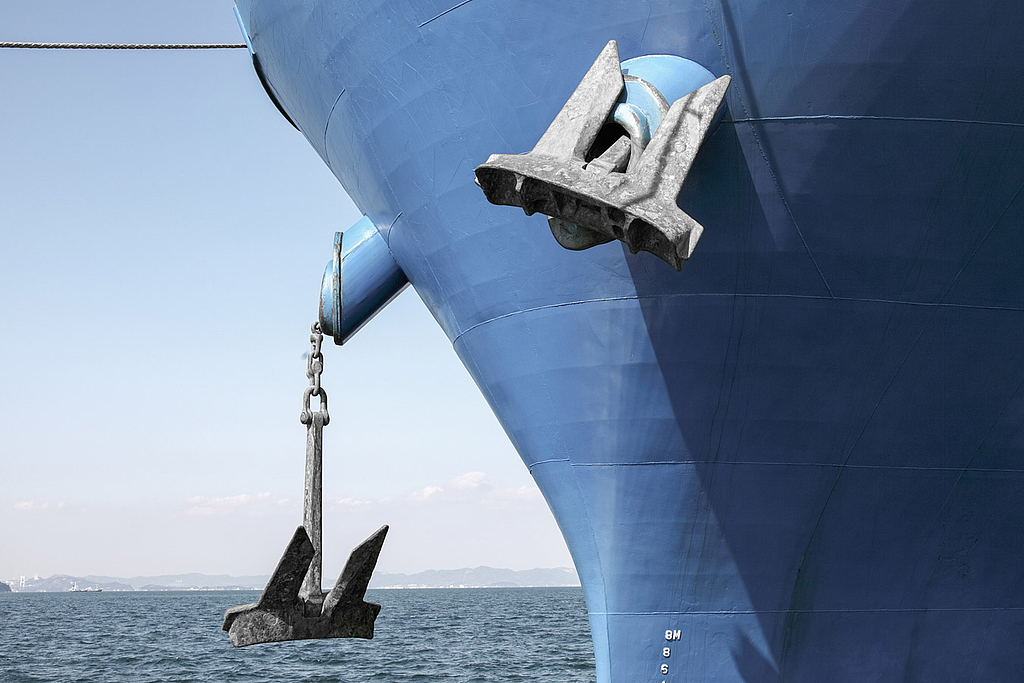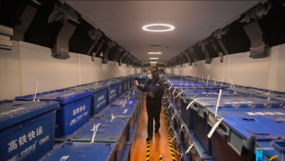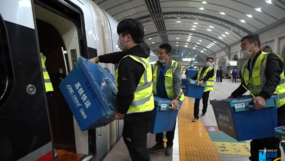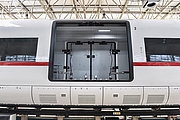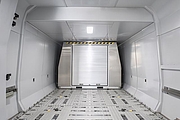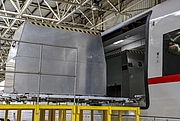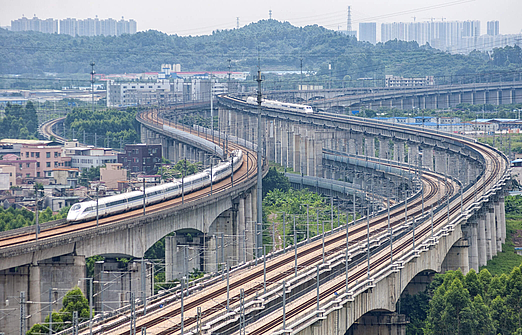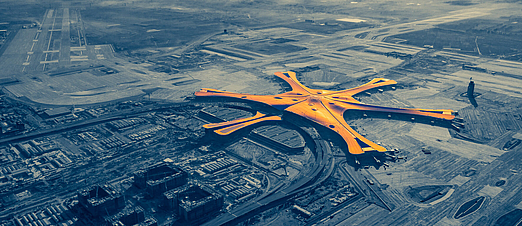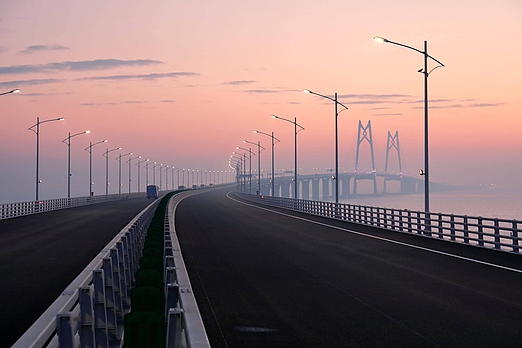Freight trains running at 350 km/h
- Insights
The days when streamlined, high-speed bullet trains automatically brought to mind names like TGV, Shinkansen or ICE are now behind us. Today, the world leader here is without a doubt the “Middle Kingdom.” The title for the longest high-speed line passed to China in 2012, and it is hardly surprising that China has long topped the rankings when it comes to total high-speed railway kilometers. And yet China is far from finished with its expansion in this area, and Beijing is working hard to significantly increase the length of its network. Over 80% of China’s large cities are now connected by high-speed rail, making it no wonder that the country has now started using these connections for freight transports. Here we take a closer look at this very promising development.
